Glossary of cordless power tool battery and charger terms |
||||
| Shop for Batteries and Chargers | ||||
 |
There are a lot of technical words and expressions related to batteries and chargers that you may not have come across before. Here is a list of their definitions in alphabetical order. | |||
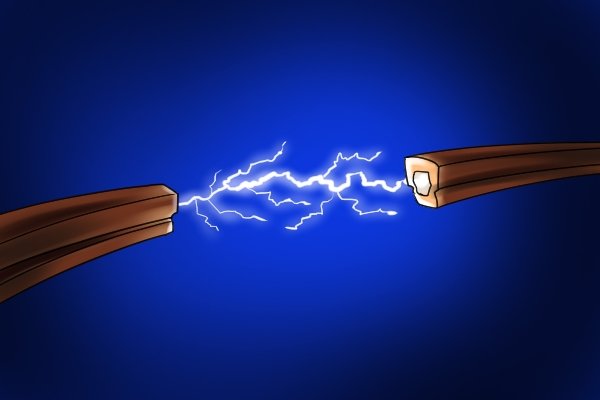 |
AmpAn amp is a unit of measurement to describe the size of the current in an electrical circuit. |
|||
 |
Amp-hour (Ah)Amp-hours (also known as ‘ampere-hours’ or ‘Ah’) is a measurement of electricity that describes how many amps can be supplied, at a given voltage, by an electrical storage device over the course of an hour. |
|||
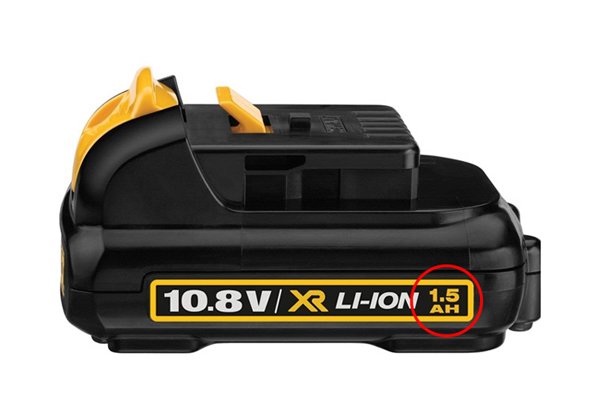 |
For example, if a battery says it is a 1Ah battery then we know that the battery can provide 1 amp of current continuously over a period of one hour. We can also work out that it can produce 2 amps continuously over half an hour or 0.5 amps continuously over two hours. | |||
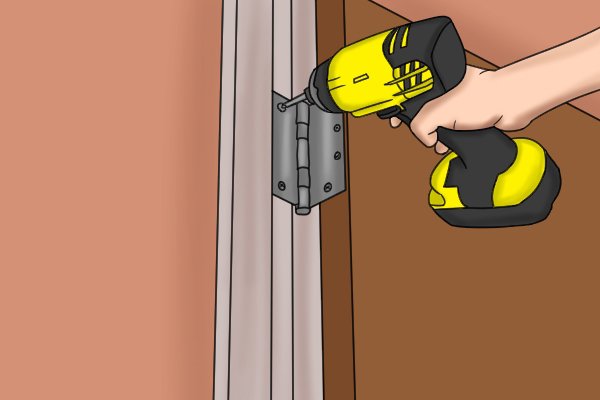 |
Battery capacityBattery capacity is how many amp-hours a battery can give at full charge. The higher the number of amp-hours, the longer the battery will last during use. |
|||
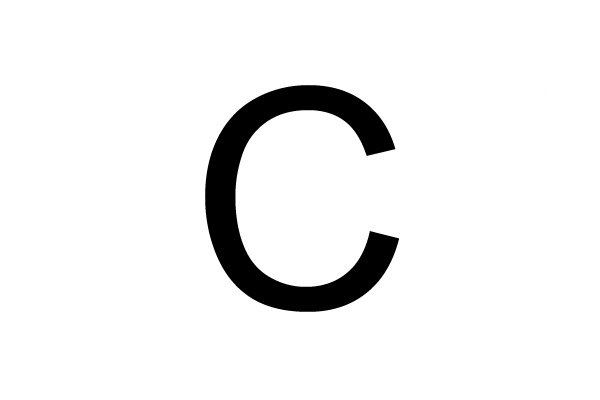 |
When referring to battery capacity you may find people using ‘C’ to denote the battery capacity. For instance, ‘1C’ means full battery capacity, ‘½C’ means half the battery capacity. | |||
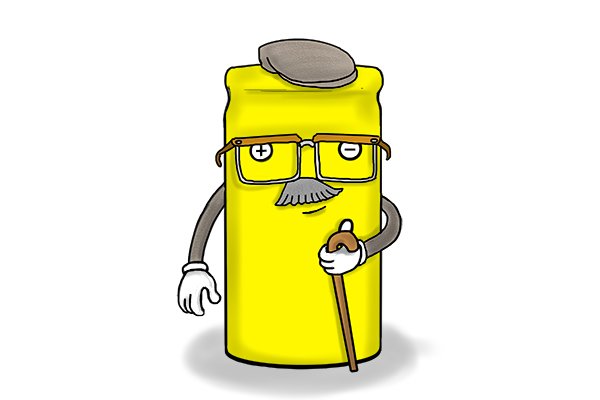 |
Battery capacity decreases with temperature extremes, large discharge currents and age. | |||
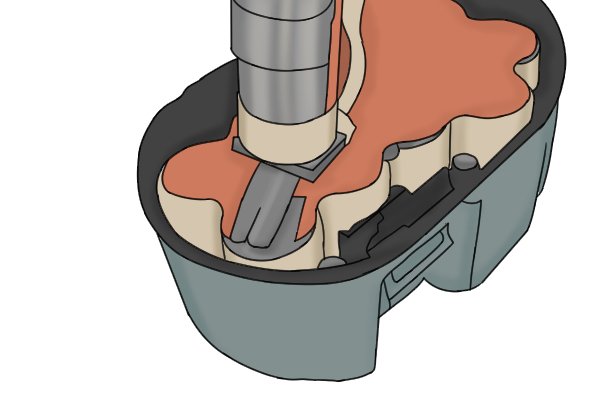 |
Battery packA battery pack is a battery which contains multiple cells, like cordless power tool batteries. |
|||
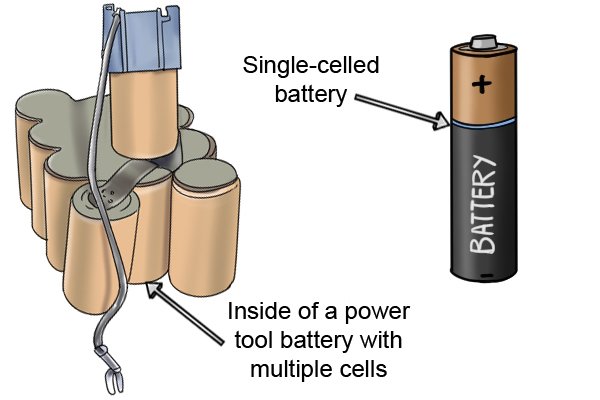 |
CellA cell is the part of a battery that produces electricity using chemical reactions. Cordless power tool batteries contain multiple cells. |
|||
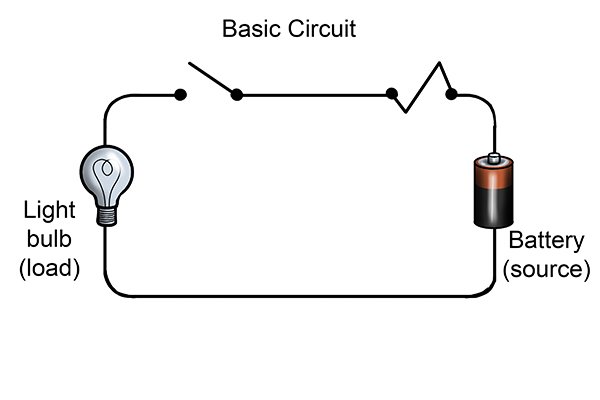 |
CircuitA circuit or ‘electrical circuit’ contains, in its basic form, a power source and a load which are connected together using conductive wires. Power travels from the power source through the conductive wires and is put to work when it passes through the load. |
|||
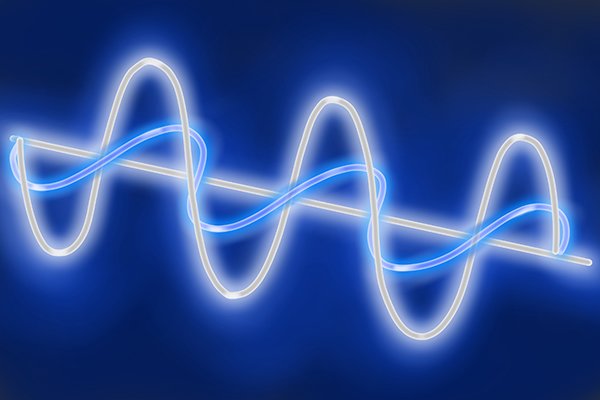 |
CurrentCurrent or ‘electrical current’ is the power (or electricity) which travels around the circuit. It is measured in amps and is made up of electrons. |
|||
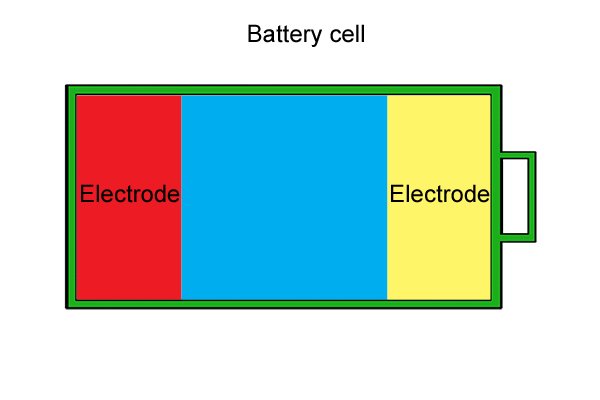 |
ElectrodeAn electrode is a metal that reacts with other materials in a cell to produce electricity. |
|||
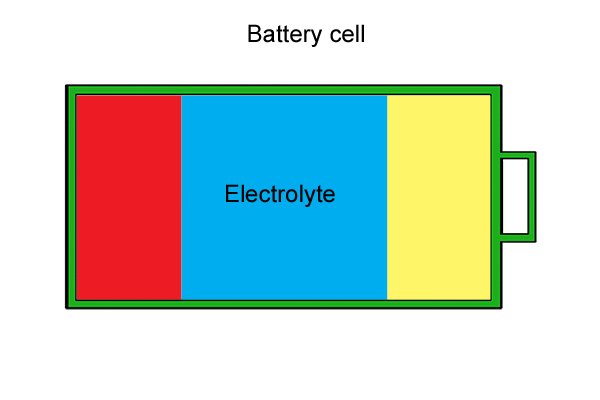 |
ElectrolyteThe electrolyte, usually an acidic liquid or paste, reacts with the electrodes in a cell to produce electricity. |
|||
 |
EnergyEnergy describes the physical forces that move objects about in the world. Everything from the tiniest particle to the blue whale is affected by energy. |
|||
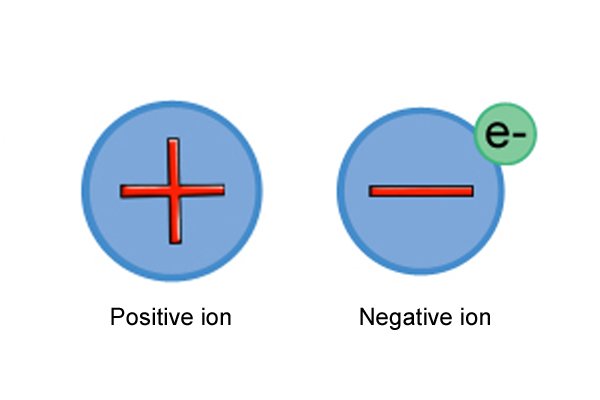 |
IonAn ion is a charged particle. It is always on the lookout to bond with other particles to become neutral again. |
|||
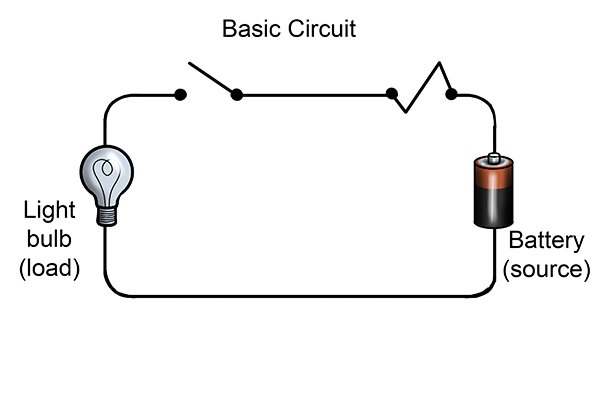 |
LoadLoad can refer to the amount of power produced by the battery, the amount of power required to perform the work (e.g. turn the drill motor) or the device requiring the power. |
|||
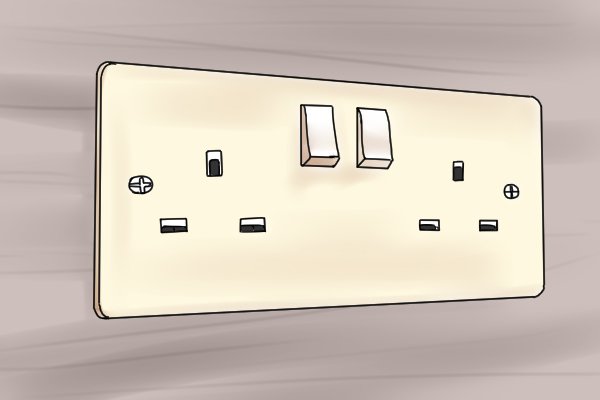 |
Mains powerMains power is the electricity that is sent through the National Grid to most households in the UK. To plug something into the mains means to plug the power lead into a three-pin UK household electricity socket, the same one you plug the vacuum cleaner into! |
|||
 |
Memory effectMemory effect is a term used to describe the formation of crystals on the metal plates inside a battery cell. This can cause the battery to stop accepting charge and to stop working properly. It is described as the battery ‘remembering’ that it has only been partly used, and so only partially charges. Priming the battery can break up the crystals and restore the battery’s performance. |
|||
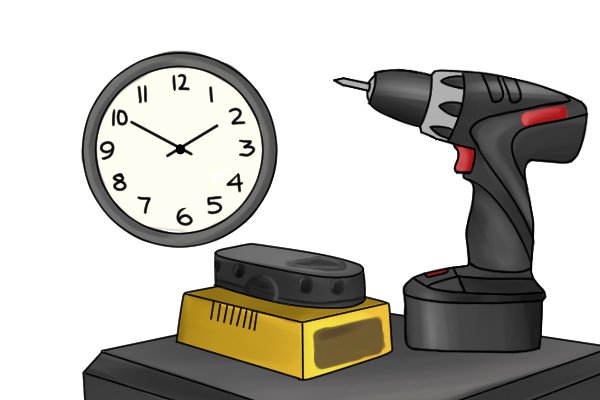 |
PrimingPriming is the process that is required to renew a newly purchased or stored battery. |
|||
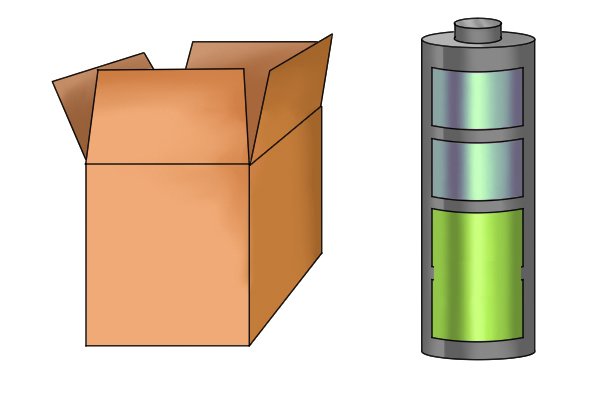 |
Self-dischargeSelf-discharge is the process of a battery slowly losing its charge during storage even when it is not plugged into anything. |
|||
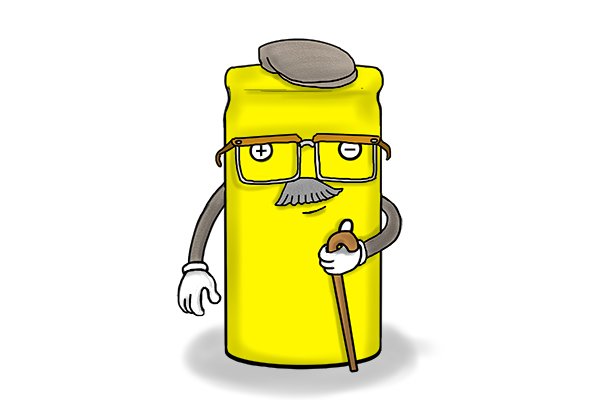 |
Service lifeThe service life of a device is the length of time it works at the performance level stated by the manufacturer. |
|||
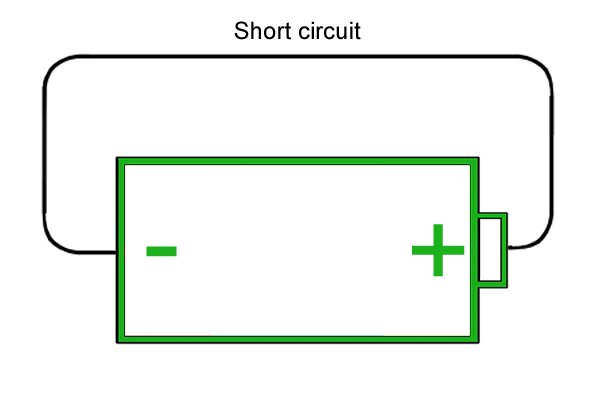 |
Short circuitShort circuiting an electronic device, by joining its positive and negative terminals or contacts, causes a burst of current to travel around the circuit, overheating it. The result is usually irreparable damage to the circuit and, in worst cases, fire or explosion. |
|||
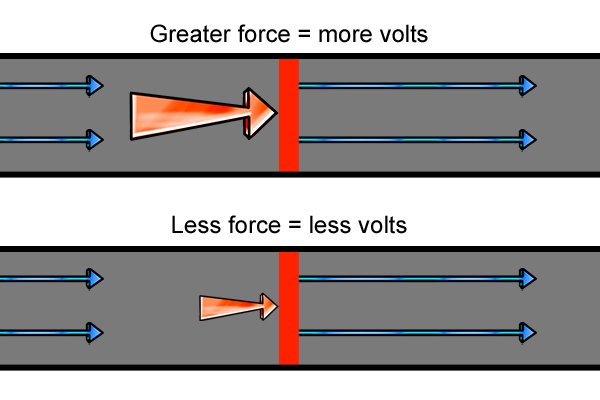 |
VoltThe volt is a unit of measurement to describe the strength of the electrical force that moves the current through a circuit (see What are amps, volts and watts). |
|||
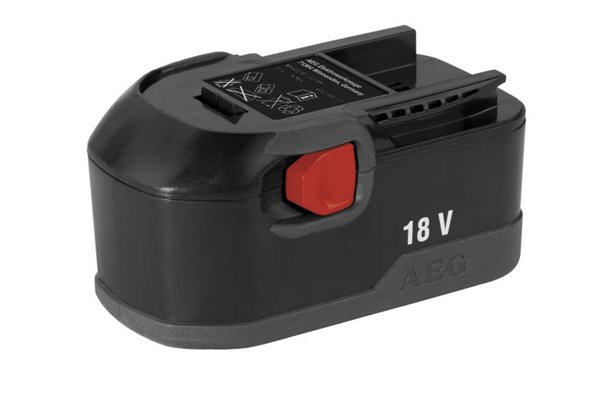 |
VoltageThe voltage of a battery or charger is the maximum number of volts it can produce at any one time. |
|||
 |
WattA watt is a unit of measurement that describes the amount of work (or ‘electrical power’) the current and voltage combined can provide. |
|||
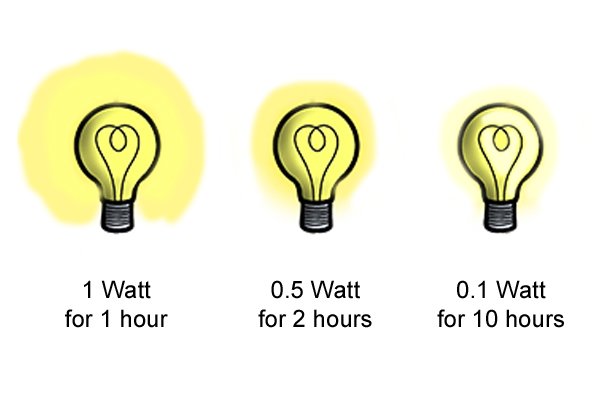 |
Watt-hours (Wh)Watt-hours (Wh) describe how many watts per hour an electronic device can produce, effectively how much work per hour. If a battery is a 1Wh battery it can produce 1Watt (W) during 1 hour or 0.1W for 10 hours and so on. |
|||






